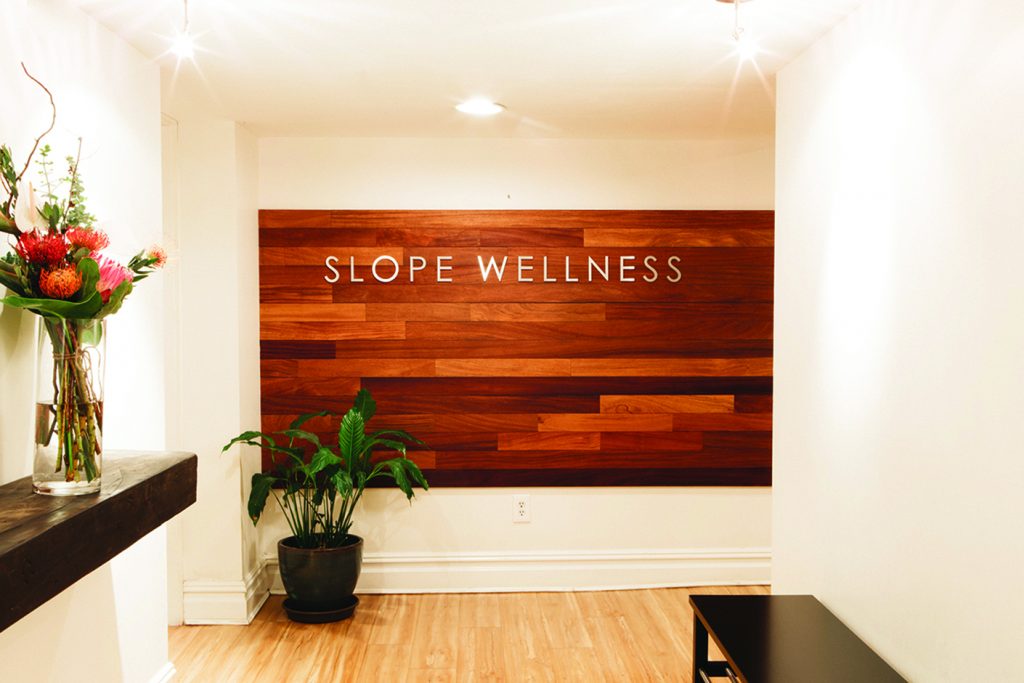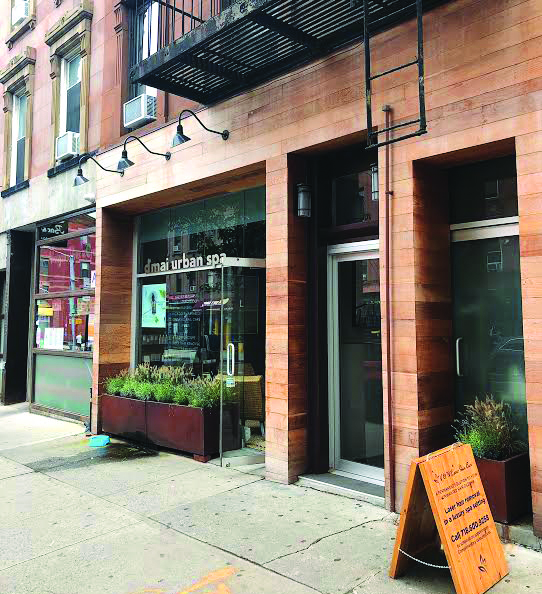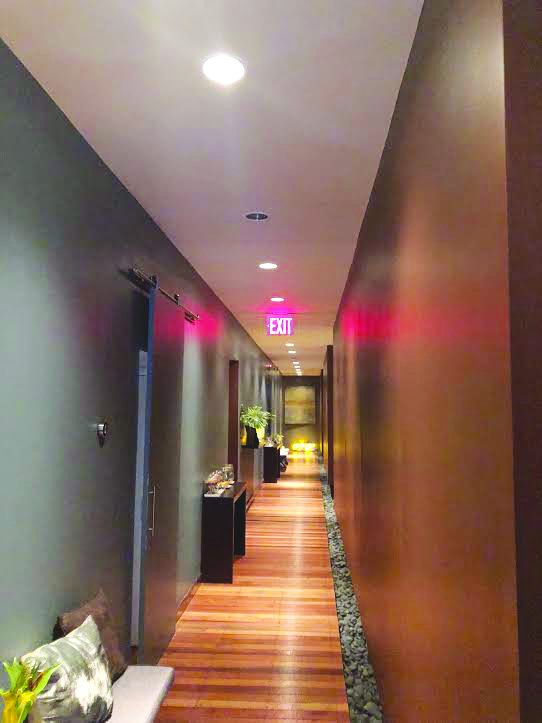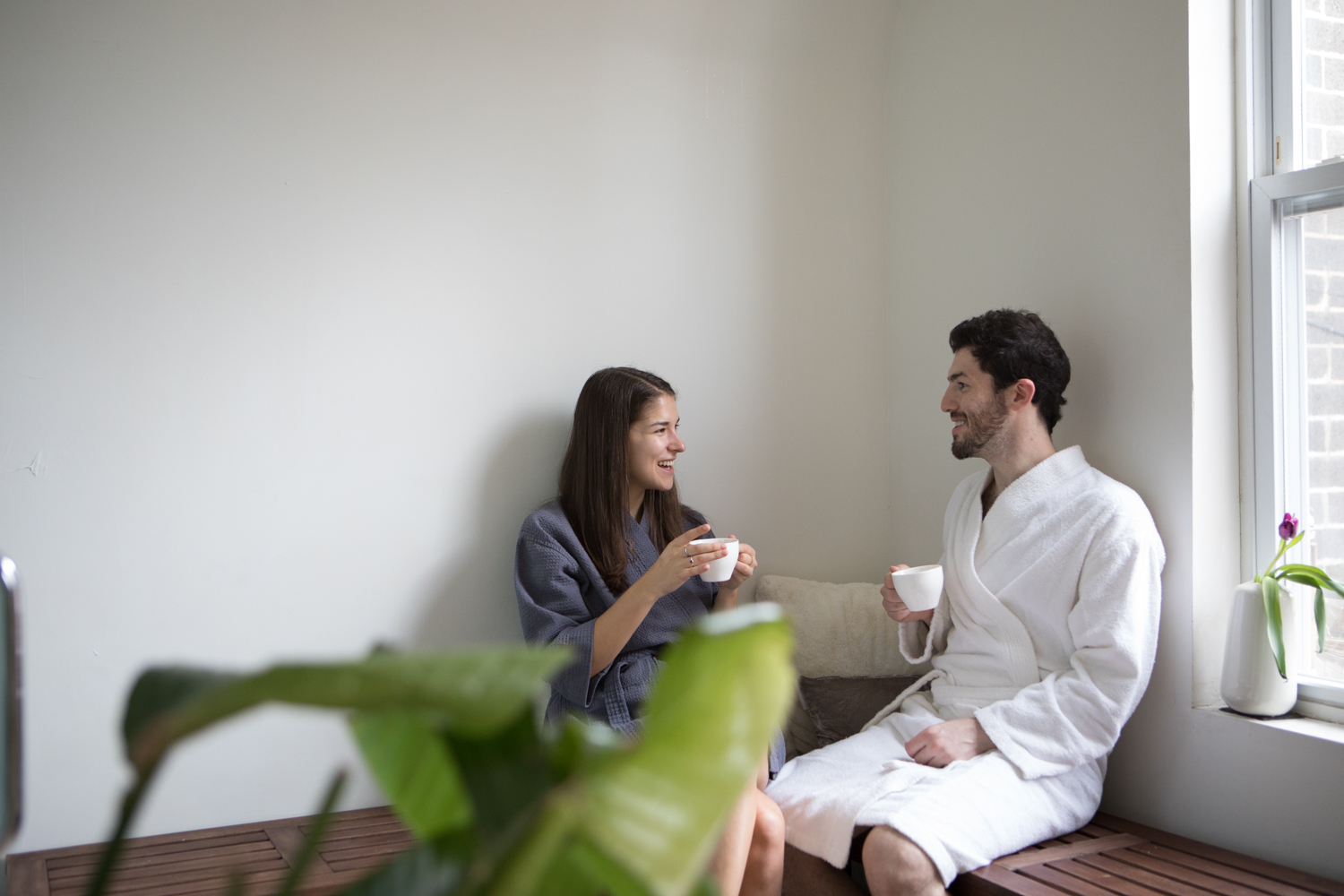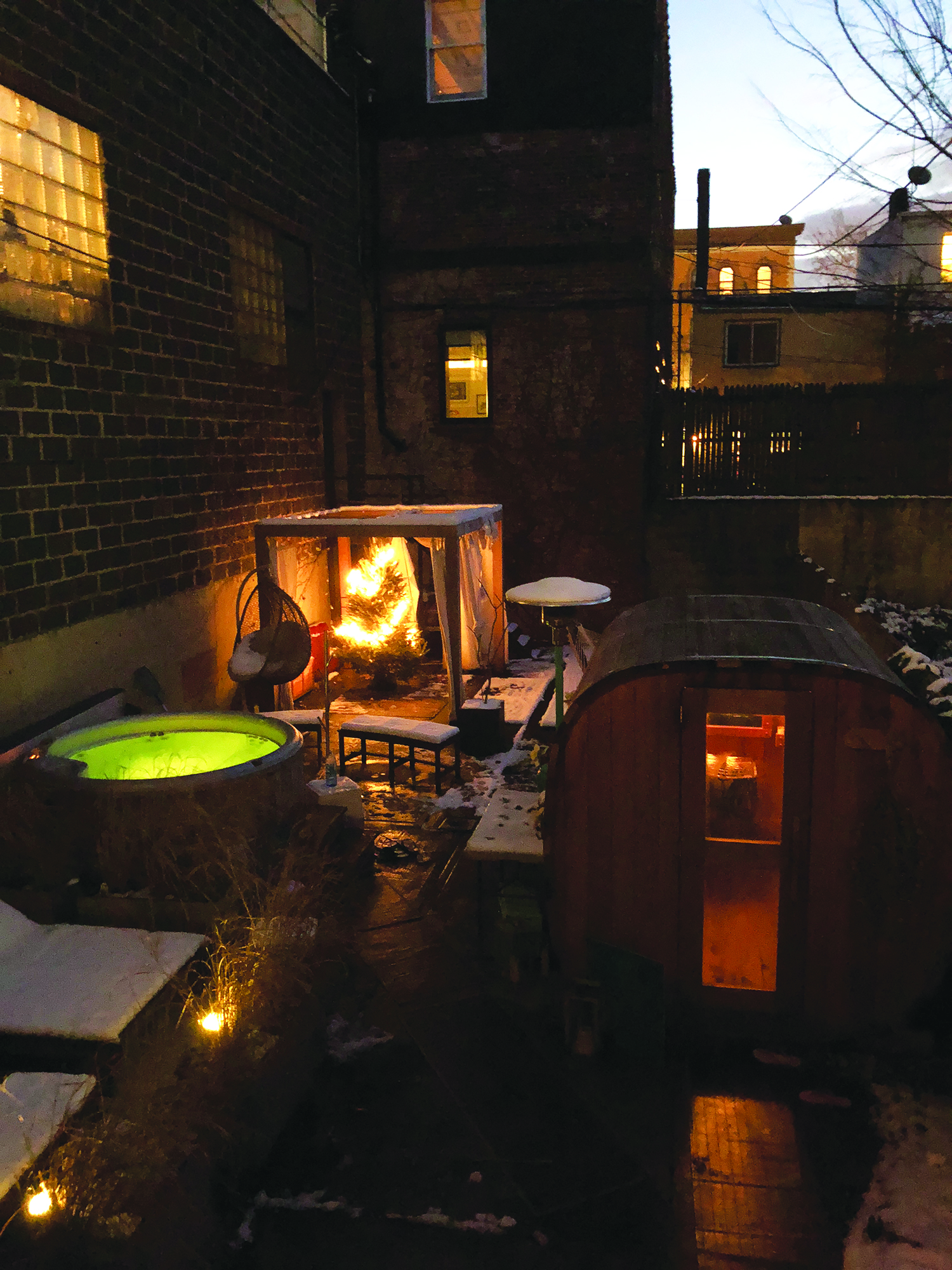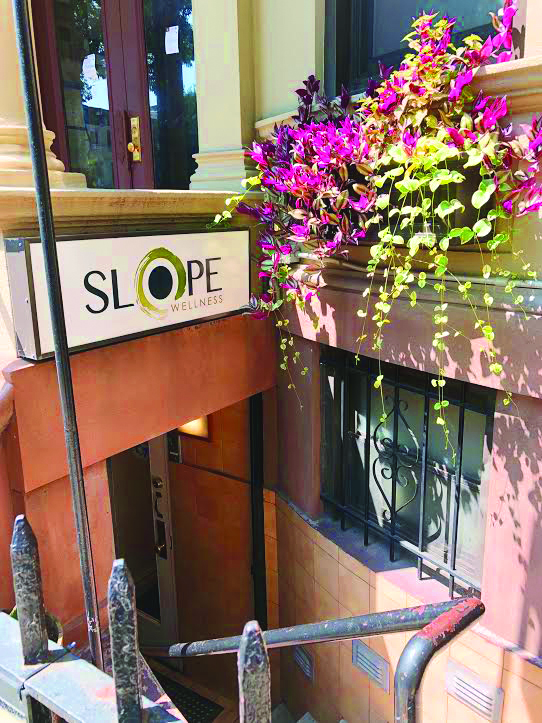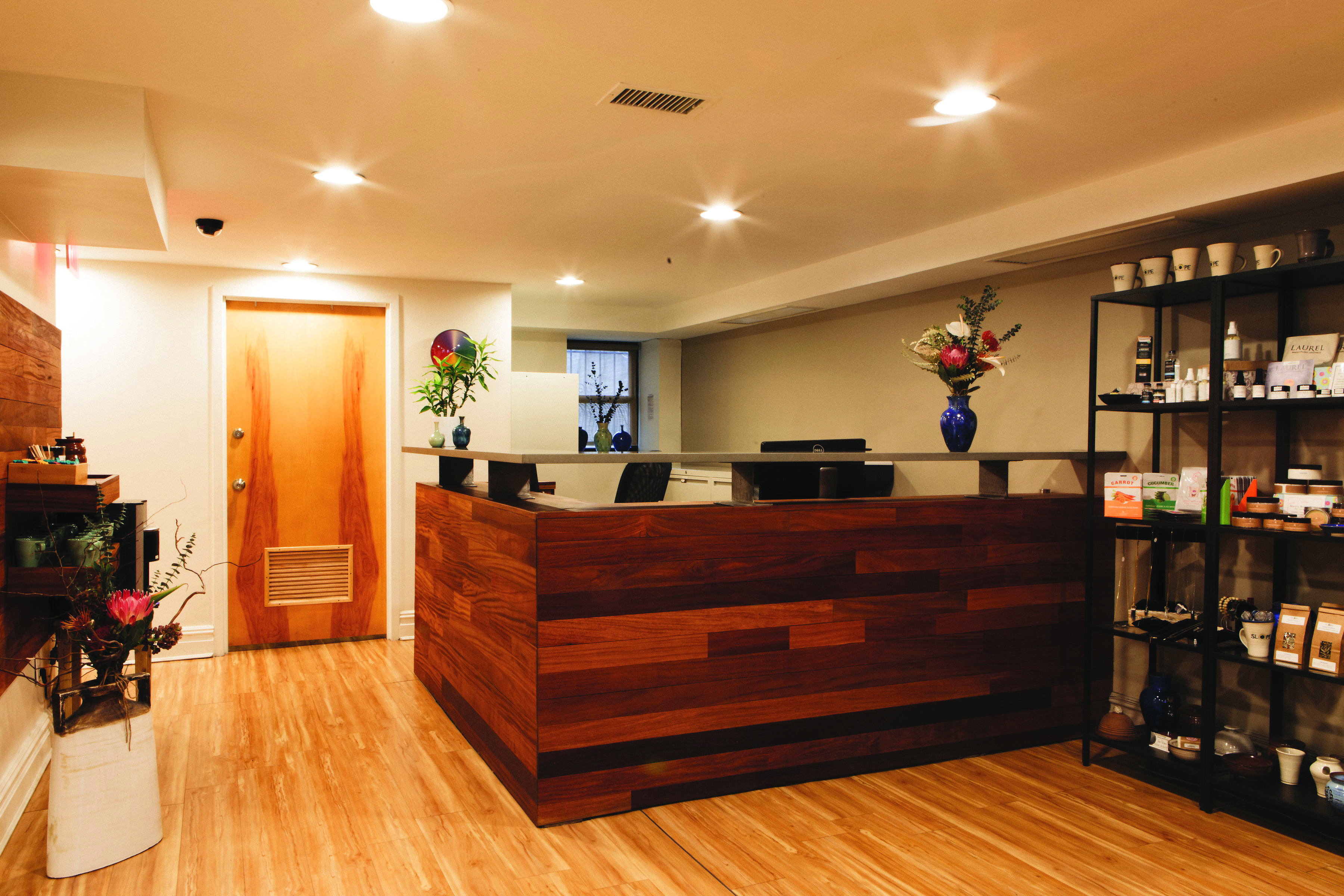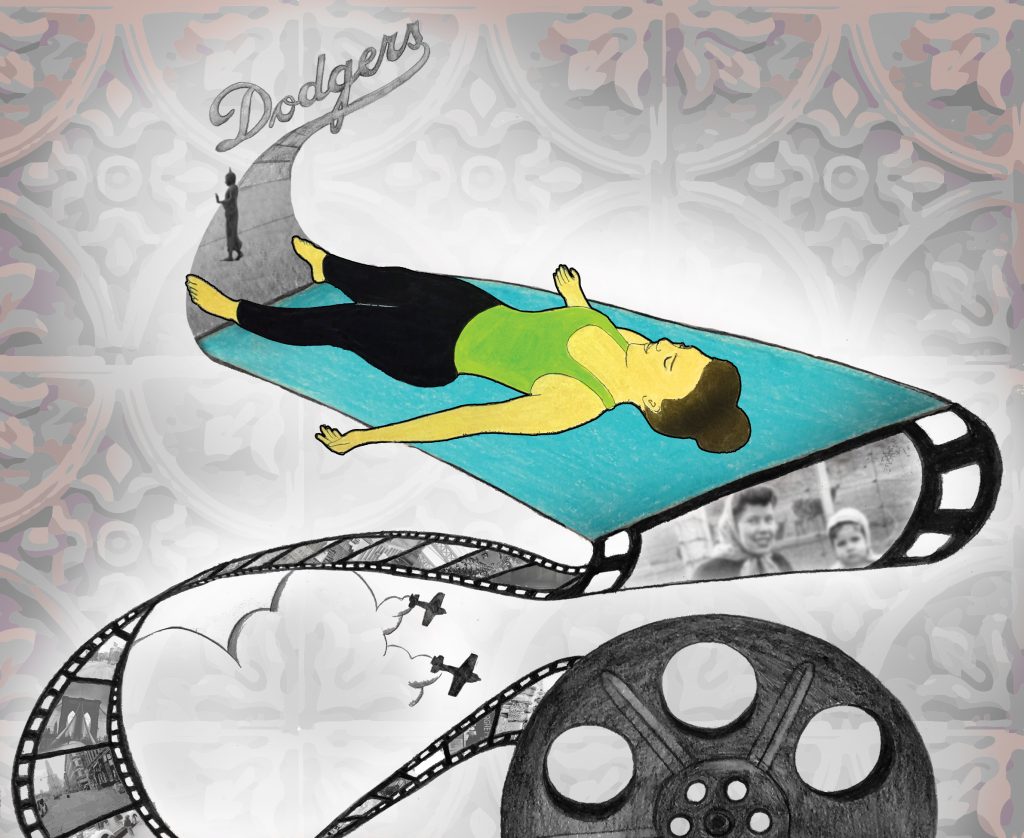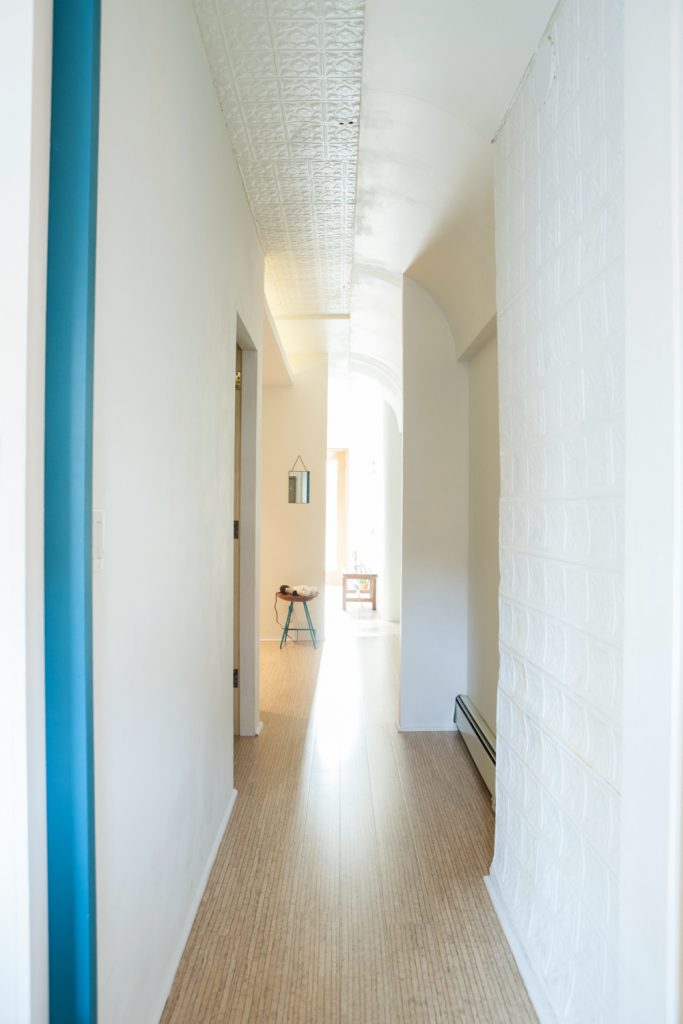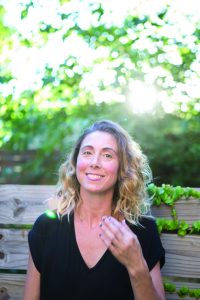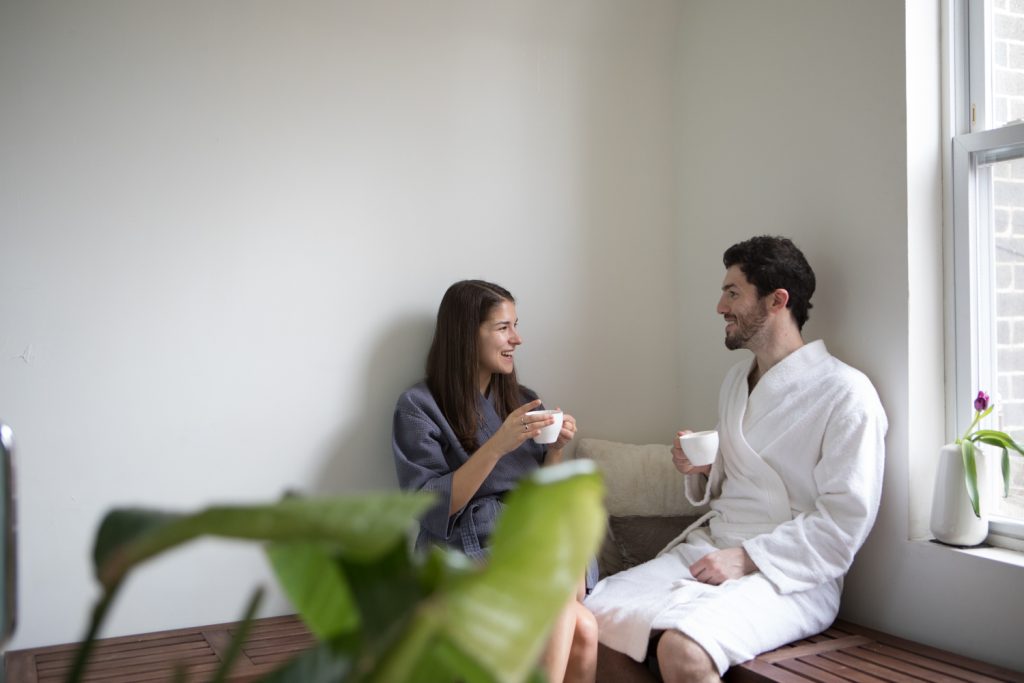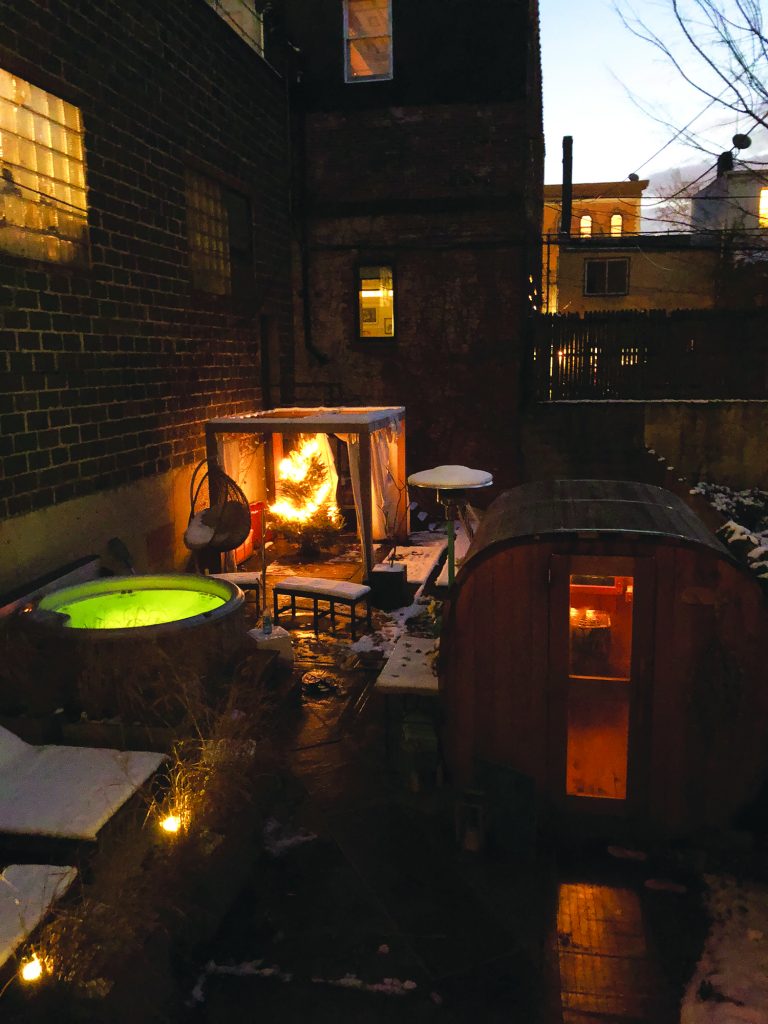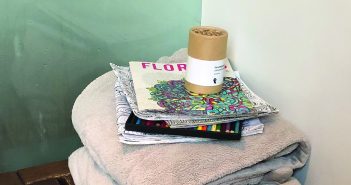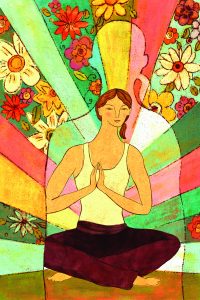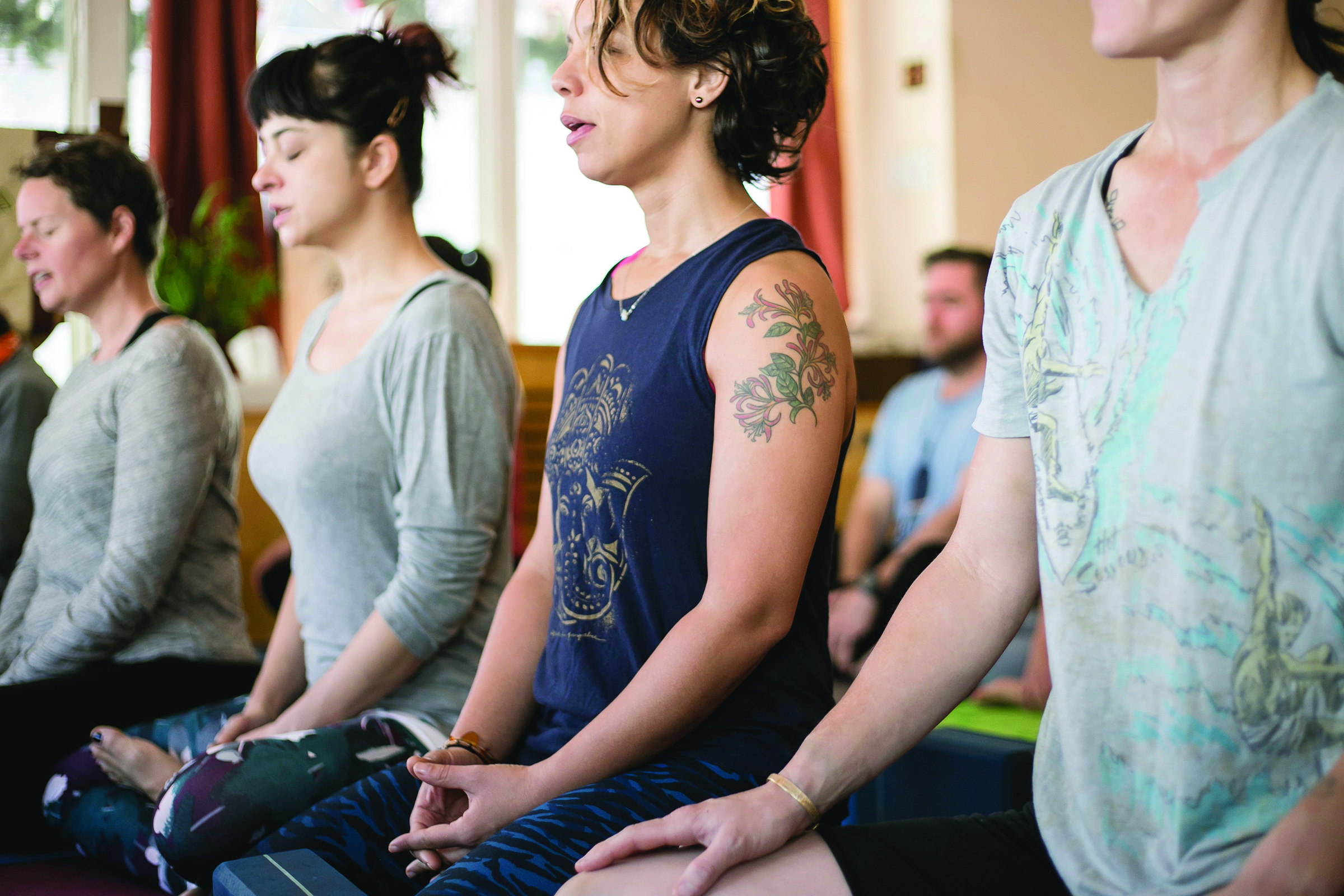
Autumn in New York, why does it seem so inviting?”
– Vernon Duke
Is it the awe-inspiring blend of amber-gold foliage beneath the blue sky, the crisp breeze, and the scent of pumpkin-everything? The energy reforms every season and autumn prepares us for the transition for chilly winters ahead. What doesn’t serve us need to bid adieu to create space for forthcoming new energies.
This is a good time to begin with practices that align our mind, body and spirit. What could be better than yoga then? While collecting multi-hued leaves, we found beautiful yoga studios along our way. Have a look and decide what’s best for you.
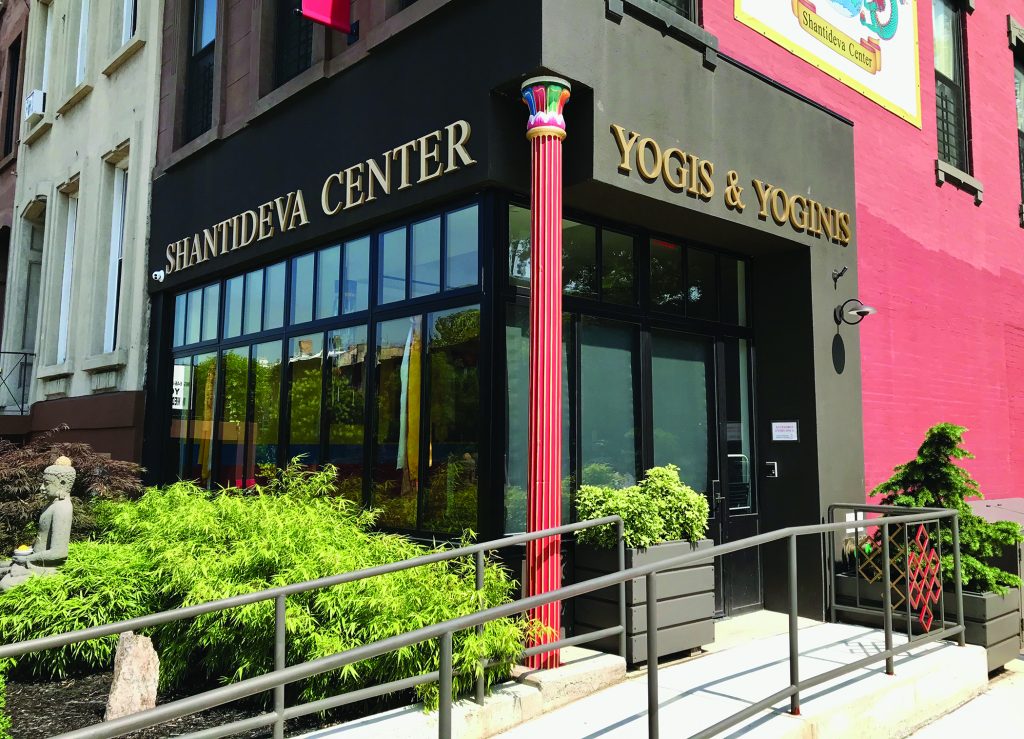
Prospect Heights Yoga
184 Underhill Avenue, Prospect Heights
A short walk from Park Slope towards Underhill Ave and you will find a turquoise board catching your attention. Prospect Heights offers a wide range of practices for various levels from basics and foundations to faster flows. Meditation, dynamic and Vinyasa, restorative and alignment-based classes and Pilates is on their rich platter. Experienced teachers, friendly atmosphere, no-frills attitude, and their sliding scale model makes sure that they are accessible to all. An unlimited intro month for $75, intro week for $25. They partner with different social justice organizations and causes each month; aditionally partnering with Rooftop Reds in the Brooklyn Navy Yard for Wednesday and Sunday evening classes.
They offer a unique karma yogi program where students can support in-studio maintenance and projects in exchange for free classes.
By the community and for the community!
Align Brooklyn
579 5th Avenue, 2nd Floor, Park Slope
Align Brooklyn extends a warm welcome on the 5th Ave. Owned by a chiropractor who is a specialist in posture, myofascial therapy, exercise rehab and movement, adds unique services to exhaustive list of their offerings. Hands-on teachers and a balanced approach with focus on vitality make this a great place. Yoga classes include practices of Vinyasa Flow, Restorative, Therapeutic, Iyengar, Hatha. Apart from that, Pilates and barre and functional fitness classes are also in their schedule.
One-week unlimited trial membership is for $35. They also offer a monthly Unlimited Wellness Membership Giveaway. Apply on thier website. And do not miss their Yin series and Yoga Wall workshop this Fall.
Yogis and Yoginis
432 6th Avenue, Park Slope
A red-brick building adorned with Buddhist prayer flags welcomes you on 6th Ave. Yogis and Yoginis shares its space with the Shantideva Center, a Tibetan Buddhist Meditation Center. They believe in the symbiosis of meditation with yoga and reserves time for Samatha meditation (calm abiding) in every class.
Beginners can opt for Starter and Basic yoga classes. Intermediate yoga and open level yoga classes are for those who already know basics and want to step up a rung. The uniquely offer Kundalini Yoga, Qi Gong, Yoga for individual attention. Y&Y also offers children classes that correspond with adult classes for parents or caregivers who want to practice while their kids play.
A new student special offer is 3 classes for $30.
Y&Y will have a Restorative Sound Journey on Friday, September 20 at 7:45 pm. It’s a 75-minute immersion in devotional song, healing sounds, and profound relaxation. They believe the voices generate collective energy; so then they lie down for deep relaxation with the healing sounds of gongs, singing bowls, chimes, and other sacred instruments. Space is limited and the cost is $ 25.
What are you waiting for?
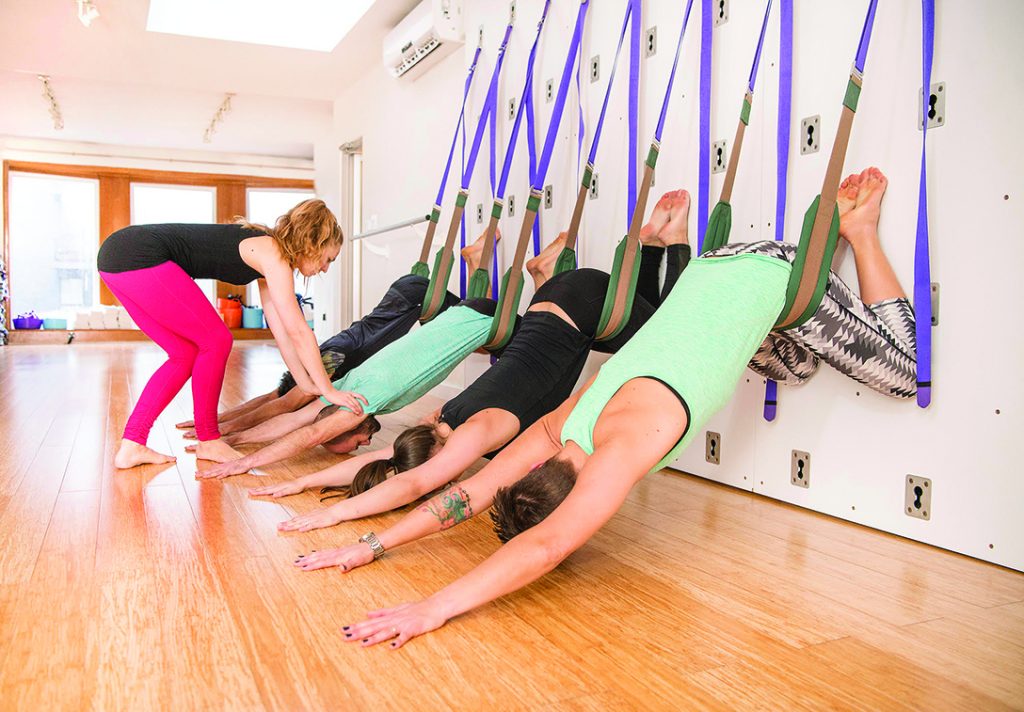
Jaya Yoga
1626 8th Avenue, Park Slope
A red brick building on the 8th Ave curtained by Pin Oak tree is a spacious and radiant yoga studio, aged over 20 years. They offer Hatha yoga in all levels, including special offerings such as Restorative Yoga, Kids Yoga, Prenatal, Meditation, Yin Yoga and 200/300 Hour Teacher Training. Additionally, they conduct workshops in chanting, yoga philosophy, anatomy, individualized aspects of vinyasa, and private classes. Reiki treatments and massages are also available.
Knowledgeable instructors and a community vibe make it a great place to practice. They strive for an intentional harnessing of energy, a dedication to continuous learning, and a series of movements to strengthen and calm the body, mind, and spirit.
This fall season, they are reintroducing their 10-series kids classes, 30-hour yin immersion workshop, and Pranayama training for teachers.
Yoga Sole
254 Windsor Place, Windsor Terrace
Neatly tucked in a quiet corner in Windsor terrace, wearing a green canopy shed, Yoga Sole welcomes you with open arms and promises to change your perspective if you think yoga is not for you. They offer Therapeutic Yoga, Yoga Tune Up, different speeds of flow classes and Stretch and Strengthen classes. They have an introductory offer for 3 classes at $39 and 1-month-unlimited pass for $99. Supportive and friendly environment, experienced teachers who bring their own unique style makes this a must-try place.
For the Fall season, they will be offering a special Restorative Yoga Series along with live music and yoga events. They are also leading a 25-hour continuing education therapeutic teacher training.
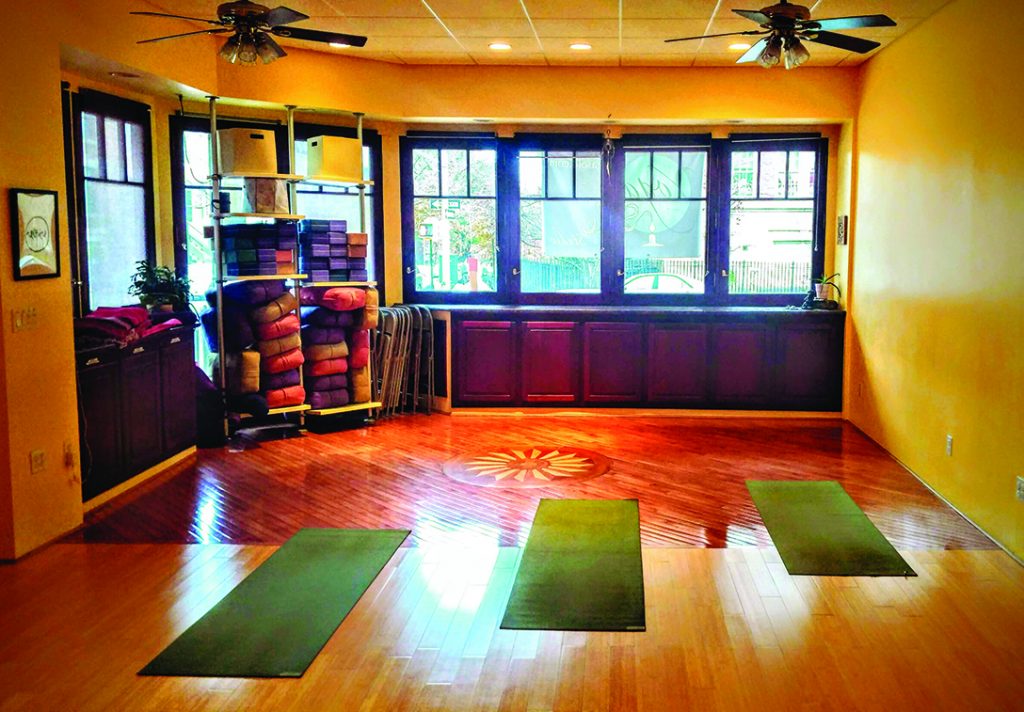
Third Eye Yoga
433 7th Avenue, Park Slope
Located on 7th Ave, Third Eye Yoga is about a physical & mental lifestyle, not a complicated shape or a stressful workout. They are not interested in large crowded classes where everyone gets lost in the mix, rather they offer personalized programs built upon evidence-based physiology and biomechanics. With over 10 years of existence, the place has garnered more than 100 five star reviews and all for good reasons. This place is peaceful, welcoming, and more than willing to listen to you and your needs.
From handstand to savasana, from sitting to standing, they break it down to the core building blocks that lay the groundwork for all body movement.
Guess what, Park Slope Reader gives you one more reason to try this place. They will give you $50 off on any of their program of your choice if you mention this article. Maybe, show them the copy?
Here are a few more yoga studios that are well worth checking out as you decide which is the best fit for you this Fall.
Bend and Bloom Yoga – 708 Sackett Street, Park Slope
Park Slope Yoga Center – 837 Union Street, Park Slope
Juniper Yoga & Healing Arts – 639 Vanderbilt Avenue, Prospect Heights
So, where is the autumn breeze taking you today?

